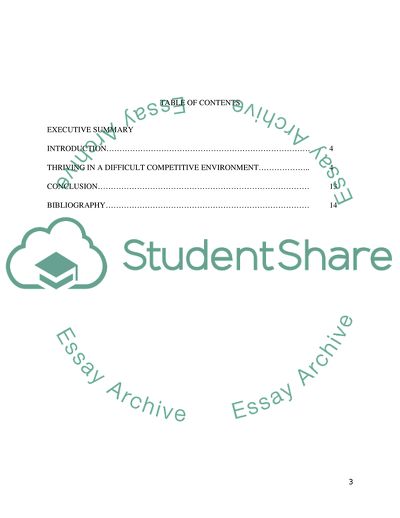Cite this document
(The Companys Approaches to Managing Strategic Change Term Paper - 8, n.d.)
The Companys Approaches to Managing Strategic Change Term Paper - 8. https://studentshare.org/marketing/1711259-strategic-management
The Companys Approaches to Managing Strategic Change Term Paper - 8. https://studentshare.org/marketing/1711259-strategic-management
(The Companys Approaches to Managing Strategic Change Term Paper - 8)
The Companys Approaches to Managing Strategic Change Term Paper - 8. https://studentshare.org/marketing/1711259-strategic-management.
The Companys Approaches to Managing Strategic Change Term Paper - 8. https://studentshare.org/marketing/1711259-strategic-management.
“The Companys Approaches to Managing Strategic Change Term Paper - 8”. https://studentshare.org/marketing/1711259-strategic-management.


